WASHINGTON, DC — As the nation awaits Supreme Court’s impending June decision in Dobbs v. Jackson Women’s Health Organization, a new report by the National Committee for Responsive Philanthropy (NCRP) calls on foundations to aggressively support under resourced abortion funds who are on the frontlines of defending local abortion access.
 In “How Abortion Funds Fill the Gaps and Overcome the Barriers for Access & Care,” NCRP Movement Engagement Manager Brandi Collins-Calhoun and Movement Research Manager Stephanie Peng detail the role that abortion funds are playing in helping pregnant people overcome abortion bans and other obstacles to care, despite only receiving less than 2% of all abortion rights funding between 2015 and 2019.
In “How Abortion Funds Fill the Gaps and Overcome the Barriers for Access & Care,” NCRP Movement Engagement Manager Brandi Collins-Calhoun and Movement Research Manager Stephanie Peng detail the role that abortion funds are playing in helping pregnant people overcome abortion bans and other obstacles to care, despite only receiving less than 2% of all abortion rights funding between 2015 and 2019.
It is these trusted organizations that pregnant people have and will turn to for refuge and resources – organizations that in turn could use the financial and institutional support of grantmakers to meet increasing abortion costs and other practical needs.
“Regardless of the final fate of Roe. v. Wade, it’s abundantly clear that philanthropy must do more to provide greater resources to overcome the various obstacles that abortion funds face in supporting the health decisions of pregnant people,” write Collins-Calhoun and Peng. “Grantmakers need not re-invent the wheel to make an immediate impact but need only ensure that those already doing the work get what they need to provide services and support at scale.”
“How Abortion Funds Fill the Gaps and Overcome the Barriers for Access & Care” is the third of four planned reports that NCRP has organized in a roadmap for grantmakers who are looking to support health equity through abortion access. The roadmap’s previous tracks highlighted abortion access needs of transgender and gender expansive patients and the active role that independent abortion clinics play as frontline providers and advocates and the geographic, economic and social barriers patients face in getting to them.
FINANCIAL & LEGISLATIVE OBSTACLES STANDING IN THE WAY OF CARE
Abortion funds help people who need abortion services with logistics such as travel and lodging, and also with the actual costs for the procedure. WeTestify storyteller Larada Lee told Collins-Calhoun that she didn’t know what she would have done without the help of an abortion fund when she became pregnant in the middle of the pandemic.
“If I hadn’t reached out to the abortion fund, I [would] probably had to have carried my pregnancy to term or crowdfund because I [didn’t] know where I was going to get the money from, specifically around the time because no one was working,” said Lee. “There were no jobs. I didn’t have 500 plus dollars just sitting around. If I was going to come up, that would have put me in a hole. It was also very stressful because I was still in school full time. So yeah, yeah, I don’t know what I would have done without the abortion fund.”
Florida Access Network Co-Executive Director Stephanie Lorain Piñeiro and Pro-Choice Arizona & the Abortion Fund of Arizona Executive Director Eloisa Lopez hear stories like Larada’s every day. They write that abortion funding work is often around-the-clock support, especially for patients who need to travel alone. Even with the dedicated help of overworked staff and volunteers, many abortions funds can barely keep services in motion.
Far more people are expected to have their needs unmet if current funding patterns persists and the Supreme Court’s rejection of a constitutional right to an abortion fuels even greater legislative obstacles for pregnant people.
“For too long abortion funds have been receiving inadequate funding to support the necessary and creative infrastructure needed to ensure communities can access abortion care….” write Piñeiro and Lopez. “…Access to full reproductive healthcare services is frightfully declining and our organizations need financial investment to remain sustainable.”
WHAT PHILANTHROPY CAN & SHOULD DO
Advocates say that increased investment in abortion funds would help frontline groups and networks address the continuing uncertainty as the pandemic and anti-abortion legislation leaves abortion advocates under protected and overwhelmed. It would also allow funds to further accommodate patients through increased partnerships with other organizations to better coordinate both logistical needs like housing and travel as well as mental health needs and services across states to better support those who live in restrictive regions.
“Foundations and wealthy donors can make a huge impact helping pregnant people get the care they need with just a bump in support,” says Peng. “An increase in funding equal to even 1% of the $1.7 billion in funding for reproductive rights, would mean an additional $17.5 million in foundation support for the frontlines.”
Peng and Collins-Calhoun write that maximizing the impact of additional dollars will also require a shift in funding practices that many carry out and outline specific ways that grantmakers can avoid harming communities in their efforts to support. Those suggestions include:
• Destigmatize abortion by providing non-anonymous funding and public support for abortion access on their websites, in the media and with other funders.
• Funding long-term capacity by providing funds with unrestricted and multi-year grants
• Direct increased funding efforts to state and local initiative and organizations.
NCRP President and CEO Aaron Dorfman agrees. He knows that NCRP’s Funding the Frontlines’ collection of stories, resource links and recommendations has helped provide organizers on the ground another tool to push donors to broadly support all parts of the reproductive justice and abortion access movement. Making health justice real for thousands of Americans depends on everyone getting the care that they need, especially when they need it the most, including abortions.
“This is no longer a theoretical threat. With each passing day, more and more people’s lives are affected by decisions that are seriously jeopardizing people’s autonomous rights to their bodies,” says Dorfman. “A just and equitable world depends on people having full control over decisions related to their bodies.”
























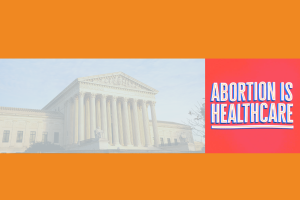
























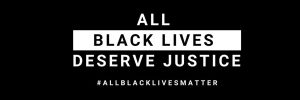



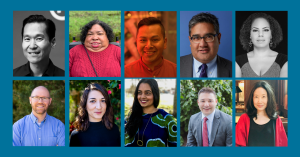



























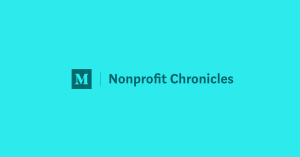
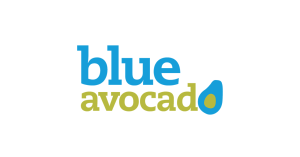













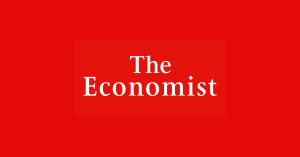








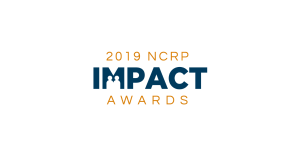














































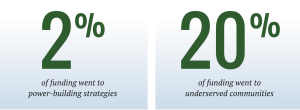



































































































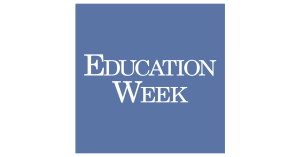










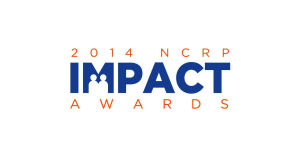



Leave a Reply